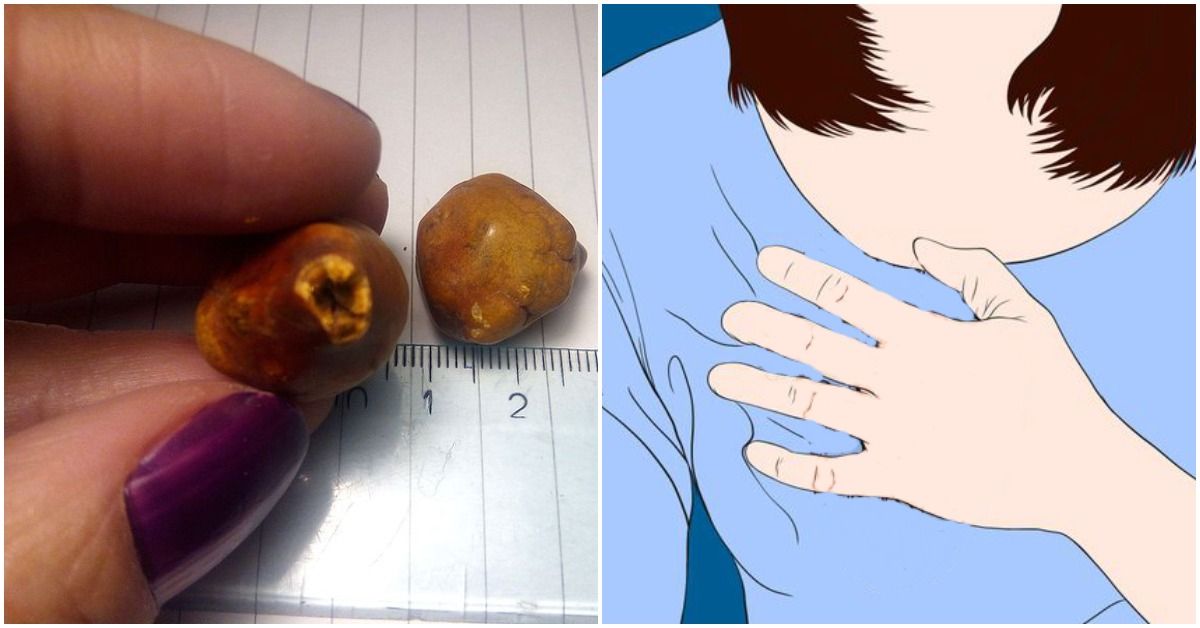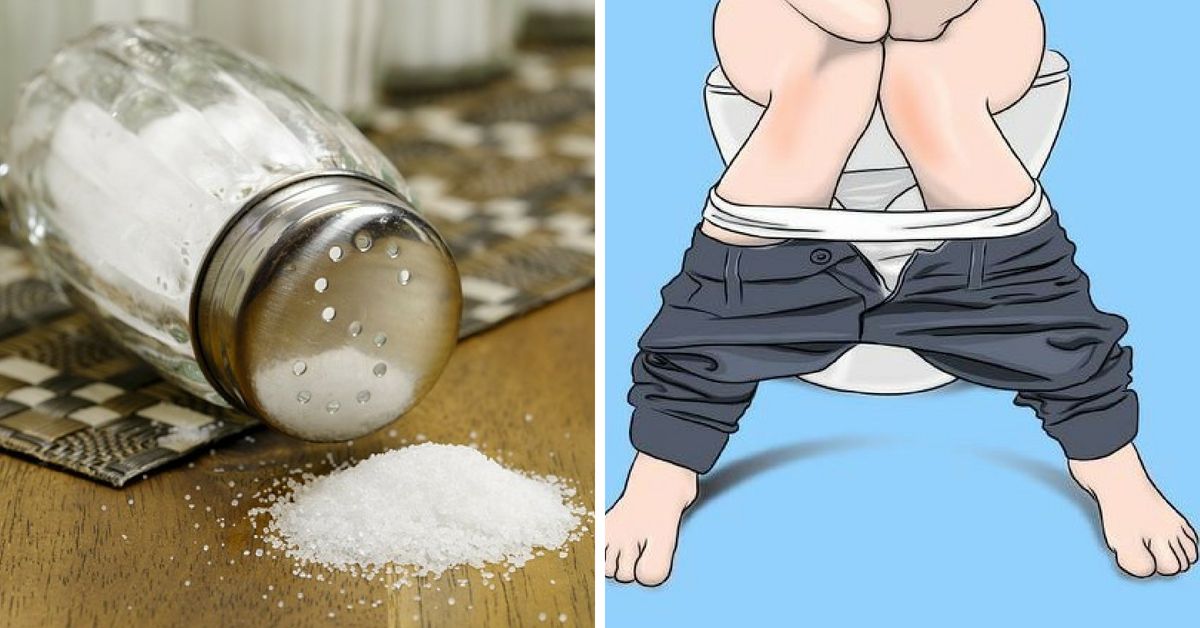For a condition that affects up to 15% of the U.S. population - that's 50 million people - most of us know surprisingly little about gallstones.
That's because these tricky little pebbles that form inside our body are hard to spot until they're ready to do serious damage.
Here's what you need to know about gallstones, the risk they pose, and how to avoid them.
What is a gallstone?
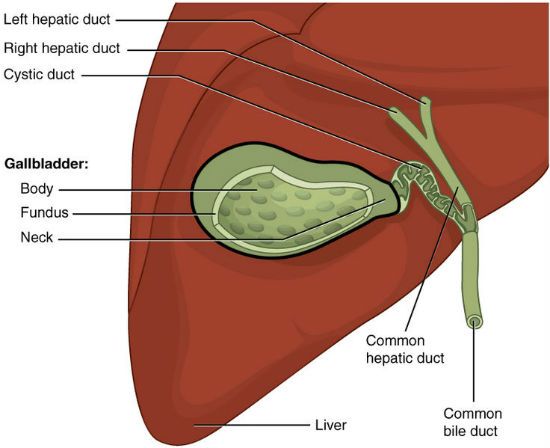
Gallstones form inside an organ called the gallbladder.
It's a small, pear-shaped organ that sits under your liver on the upper-right side of your abdomen.
The gallbladder's purpose is to store bile created by your liver, and to release that bile during digestion.
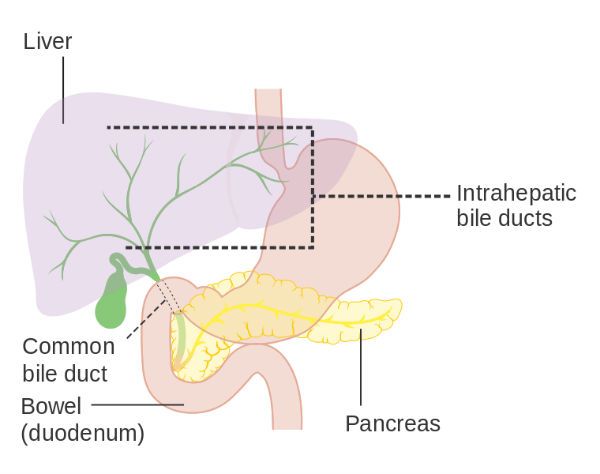
Bile is a substance that breaks down fats, turning them into fatty acids that provide your body with energy.
It's made from a mixture of water, cholesterol, acids, salts, and other bodily byproducts and chemicals.
When the composition of your bile is out of balance, stones are formed from the buildup of imbalanced chemicals.
Are there different kinds of gallstones?
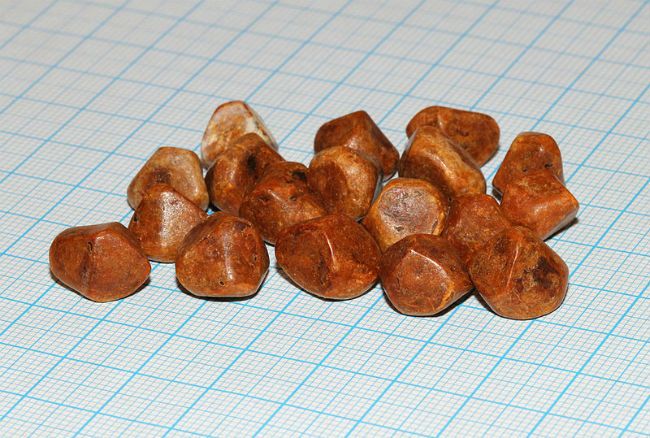
There are two different kinds of gallstones, formed by the different types of chemical imbalances.
Cholesterol stones are yellow in color, and formed by a buildup of cholesterol.
Pigment stones are pink, and made when a byproduct of red blood cells called bilirubin builds up.
You can have one type of stone, or both, but cholesterol stones are more common.

There's not much difference between the stones other than color and cause, because they affect your body in the same way.
Stones can be as small as a grain of sand or as large as golf balls. Sometimes, patients only develop a single, large stone instead of multiple small ones.
What are the symptoms of gallstones?
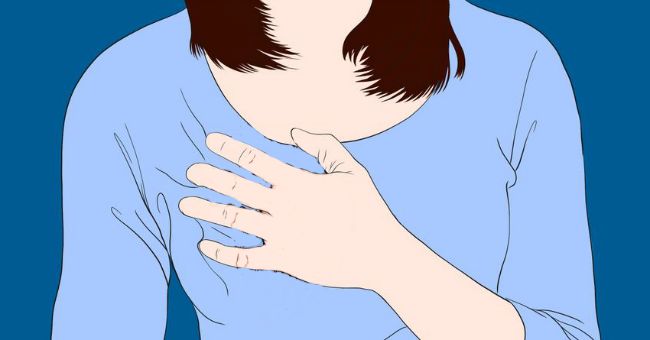
One of the reasons gallstones are such an overlooked condition is that they cause almost no damage to your body - at first.
This is why doctors sometimes call them "silent stones." When gallstones rest in your gallbladder, they don't interfere with your organs at all.
However, they can move through your body and block you bile duct.
A major buildup of stones can also harm your gallbladder in what's called a "gallbladder attack." After eating a fatty meal, you might feel a sharp, prolonged pain in the upper right side of your chest.
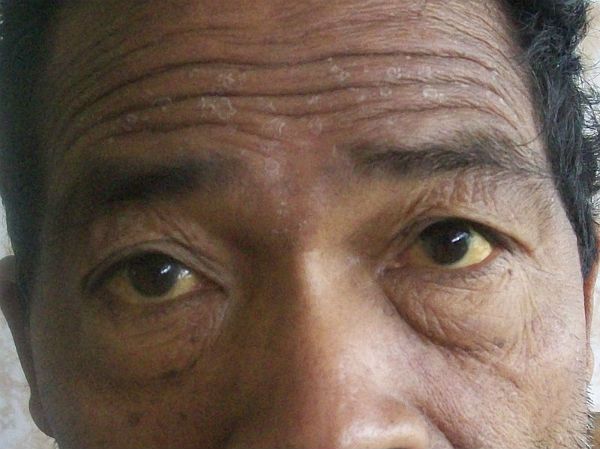
As stones move through your body, they can cause infections in other organs and more complications.
Here are the symptoms of gallstones:
- Painful gallbladder attacks on the upper-right side of your abdomen. The pain sometimes presents itself between your shoulder blades, or in the center of your abdomen.
- Nausea and vomiting.
- Fever and chills.
- Jaundice.
- Dark-colored urine.
If you experience any of these symptoms or a combination, you should get yourself to the emergency room.
How are gallstones treated?

A kidney stone can be passed out through your body, but that's not safe with gallstones.
The more organs they pass through, the more likely they are to harm you in some way.
When patients experience gallstone symptoms, the best approach is usually to remove the entire gallbladder.
Losing an organ sounds harsh, but the gallbladder is an unnecessary part of your body and with laparoscopic surgeries patients can be sent home the same day.
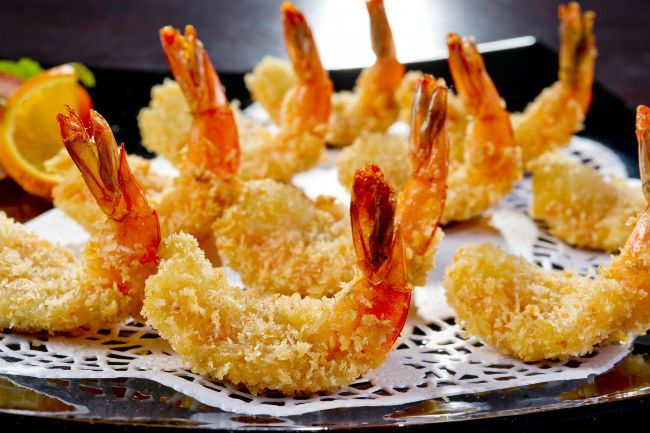
You may be advised to avoid eating fatty foods after losing your gallbladder, but most patients don't make any serious lifestyle changes.
Because your bile flow has changed, your bowel movements might be more frequent and "softer," but that's all.
How can I prevent gallstones?

It's not clear how to prevent gallstones, because researchers are still learning what causes them in the first place.
If you have stones already, you can avoid triggering a gallbladder attack by avoiding fatty foods.
There are some qualities that seem to put patients at a higher risk of developing gallstones:
- Being overweight.
- Being a woman, especially if you take birth control, because estrogen seems to encourage the growth of gallstones.
- Being older - your likelihood of developing gallstones goes up after age 40.
- American Indians and people of Mexican descent have genetically higher cholesterol levels.
- People with conditions including diabetes, Chrohn's disease, and patients taking cholesterol medication have a higher risk of developing gallstones.
Don't be afraid to visit your doctor and ask any questions you have about gallstones!
[H/T: NIDDK, Mayo Clinic, NHS]
